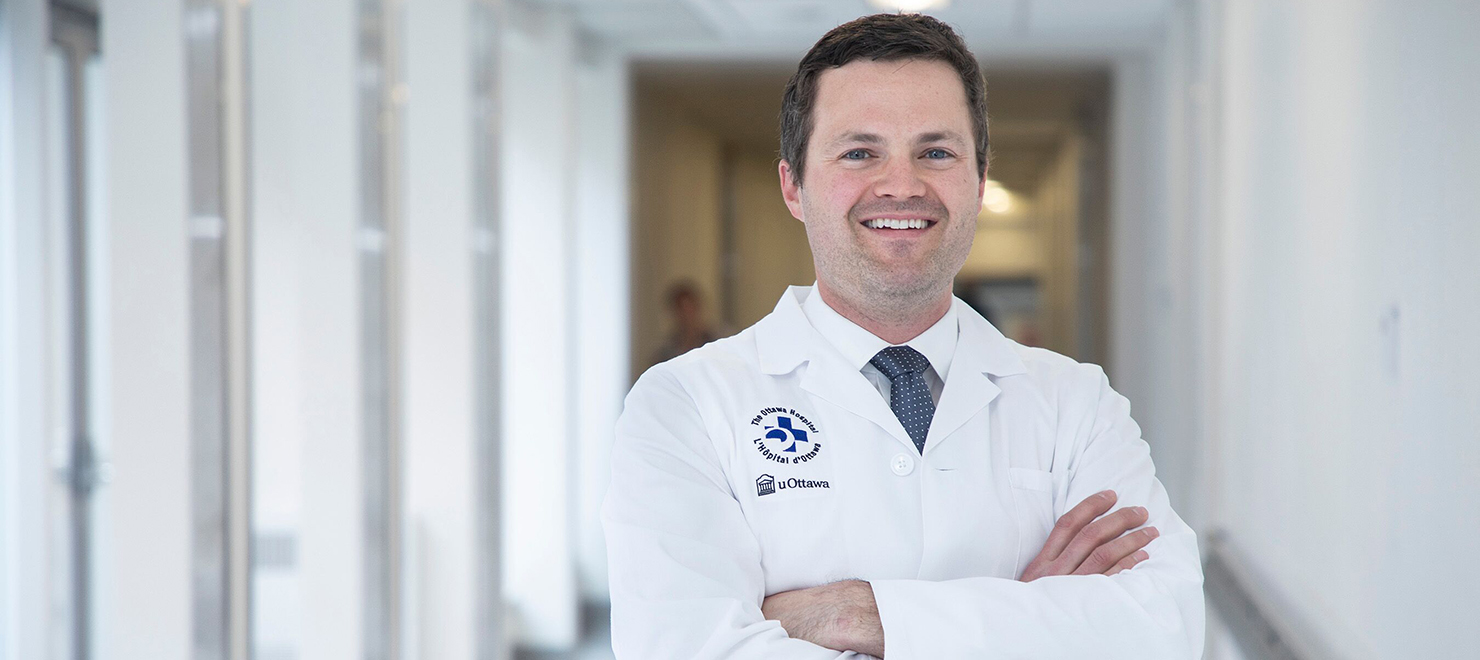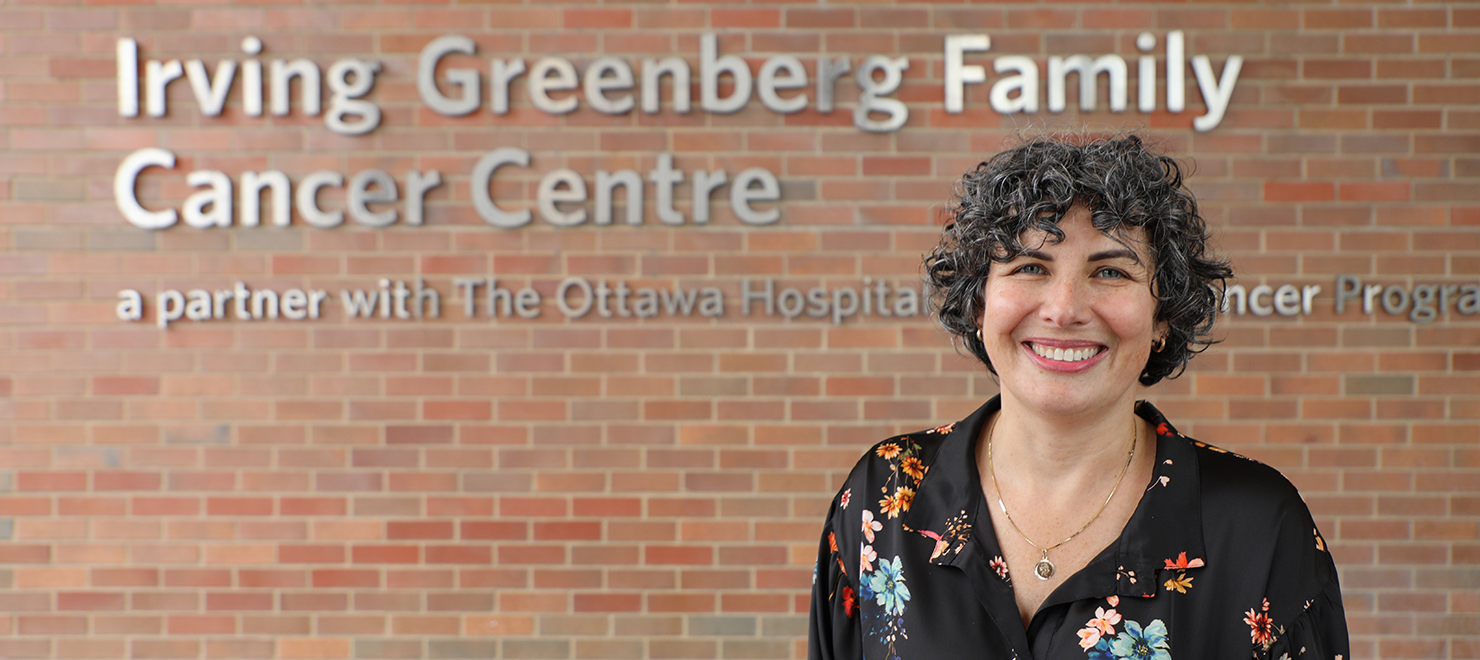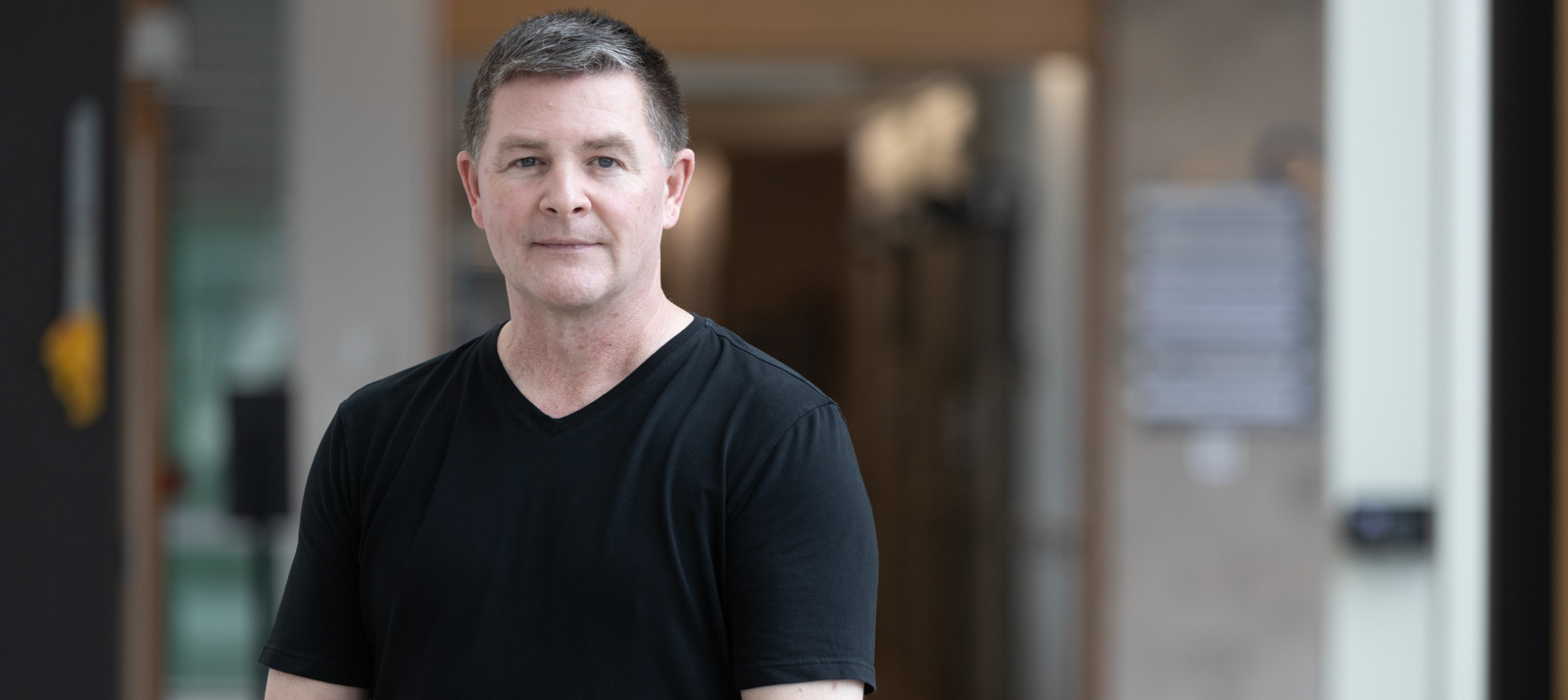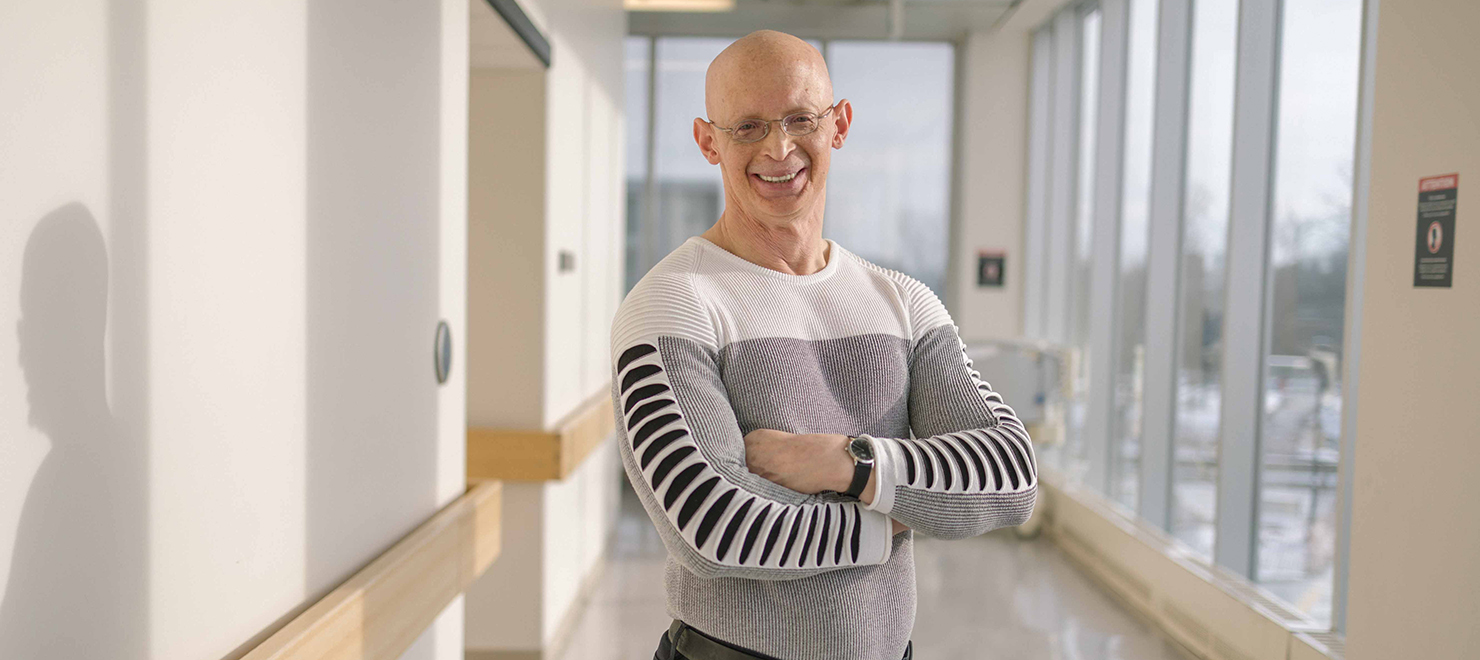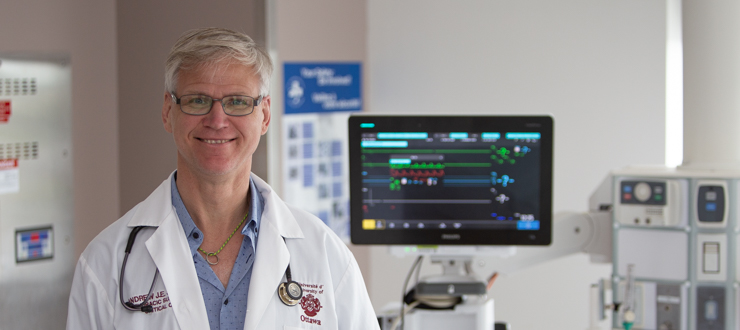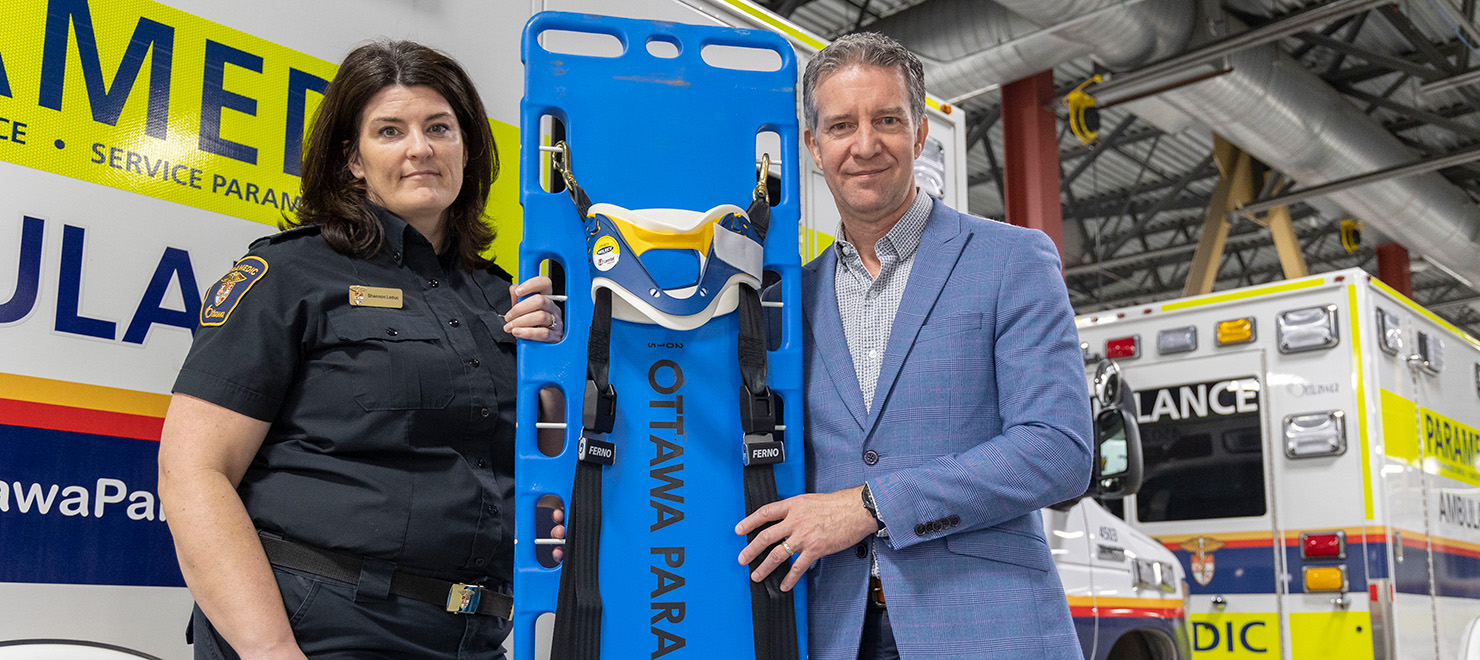
Paramedic Commander Shannon Leduc (left) and emergency medicine researcher Dr. Christian Vaillancourt (right) hold up a backboard and cervical collar, which provide rigid support during movement of trauma patients. Unfortunately, they’re not most people’s idea of comfortable.
When Shannon Leduc was a primary care paramedic in the early 2000s, she responded to a call for someone who may have suffered a cervical spine injury.
When she arrived, the patient was mobile but couldn’t remember whether he had a fall. And because he possibly had a very serious neck injury, the protocol at the time dictated that Shannon had to immobilize him and carry him out. This means she had to put a cervical collar around his neck and strap him to a rigid backboard to prevent any movement of his spine.
But there were a few problems.
“The patient was in a rooming house, in a half-basement,” recalls Shannon, who’s now a paramedic commander with the Ottawa Paramedic Service. “The stairs were so narrow that the backboard couldn’t fit. We had to carry the patient up these rickety old wood stairs on an angle.”
If Shannon faced this same situation today, she would be able to do things a lot differently.
“The patient could have walked out on his own two feet,” she says, “which would have been safer for both the patient and the paramedics.”
Today, the vast majority of low-risk trauma patients across Ontario can be transported to hospital without the awkward and uncomfortable backboard. And plans are underway for most to be transported without the collar either.
Shannon, her paramedic colleagues across Ontario and researchers at The Ottawa Hospital all played a big role in making these changes happen. As their truly epic, years-long story finally comes to a close, discover how researchers and paramedics make for a powerful team that can completely transform patient care.
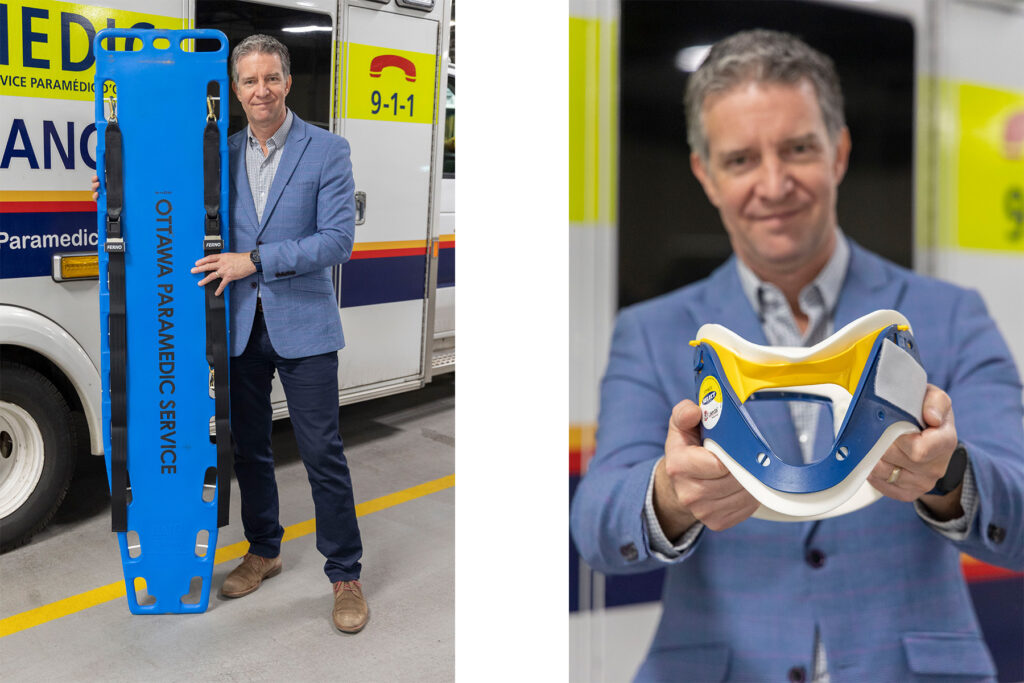
Responding to the concerns of patients
Back in the days when Shannon was on the road, paramedics had to immobilize all patients with a potential cervical spine injury, even patients who had no visible signs of injury. The rationale was that paramedics had to play it safe and allow emergency room physicians and nurses to make the call whether to remove the patient’s immobilization equipment, which is usually only after completing diagnostic imaging.
But patients without a cervical spine injury were often spending hours unnecessarily strapped to a backboard, leading to significant discomfort — and even pain, as the backboard can cause pressure points on the spine.
“More and more, we understood the discomfort and pain experienced by patients, as well as the resulting increase in health-care resources, such as unnecessary medical imaging and time delays for paramedics,” explains Dr. Christian Vaillancourt, emergency medicine researcher and Senior Scientist with The Ottawa Hospital’s Acute Care Research Program. “The best-case scenario would be that paramedics could use a clinical decision rule to determine whether to immobilize their patients in the first place.”
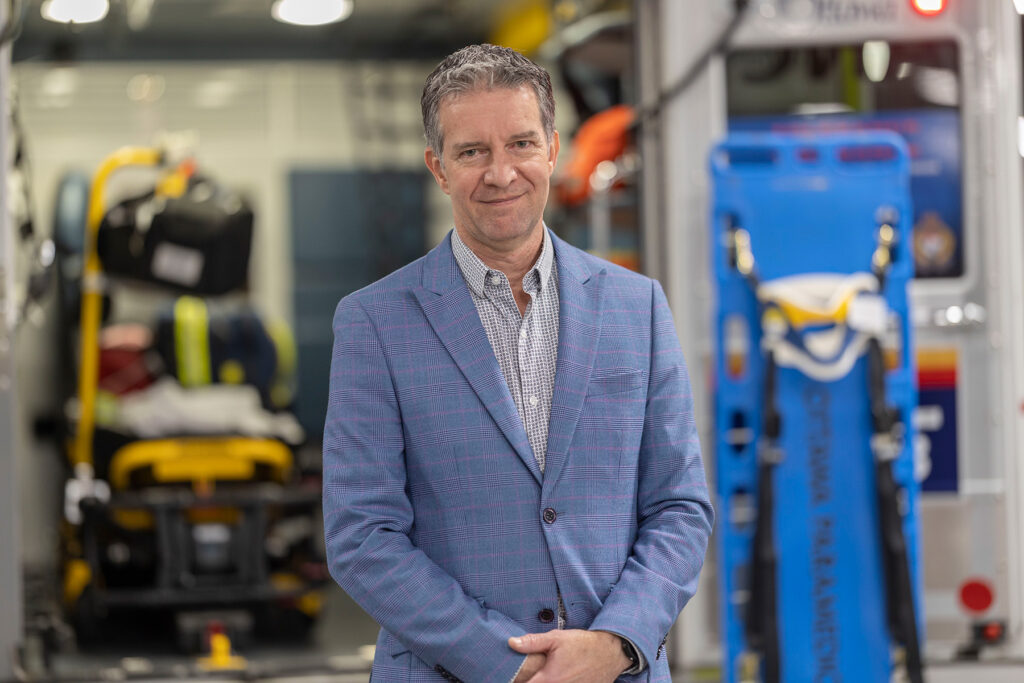
Re-thinking an old Rule
Dr. Vaillancourt and his research team collaborated with paramedic services across Ontario for two studies that showed that paramedics could accurately determine which patients were at low risk for a spinal injury and therefore didn’t require immobilization or medical imaging.
To assess their patients, paramedics used the Canadian C-Spine Rule, a set of criteria developed by Dr. Ian Stiell of the Ottawa Hospital Research Institute more than 20 years ago. Before Dr. Vaillancourt’s first study with the Ottawa Paramedic Service between 2010 and 2015, only emergency physicians and nurses could assess patients with the Rule, which they used to determine if the backboard and collar could be removed.
But that study was such a success that the Ontario Ministry of Health allowed Ottawa paramedics to continue to transport patients without immobilization as long as they passed the Rule — a win for both patients and Shannon’s colleagues. “Paramedics have told me this is the single most influential thing that has happened to make their career better,” reports Shannon, who helped train Ottawa paramedics to assess their patients with the C-Spine Rule.
And in 2017, before Dr. Vaillancourt wrapped up a successful second study with paramedic services across the province, the Ministry of Health introduced a new protocol allowing most low-risk patients in Ontario to be transported without the backboard. “Inspired and informed by the research we’ve done, the Ministry got rid of the most painful part of immobilization,” reports Dr. Vaillancourt.
And plans are now underway at the Ministry to allow all Ontario paramedics to nix the collar if the patient passes the C-Spine Rule. Dr. Vaillancourt is currently working with the Ministry to iron out the details and develop a training program for paramedics.
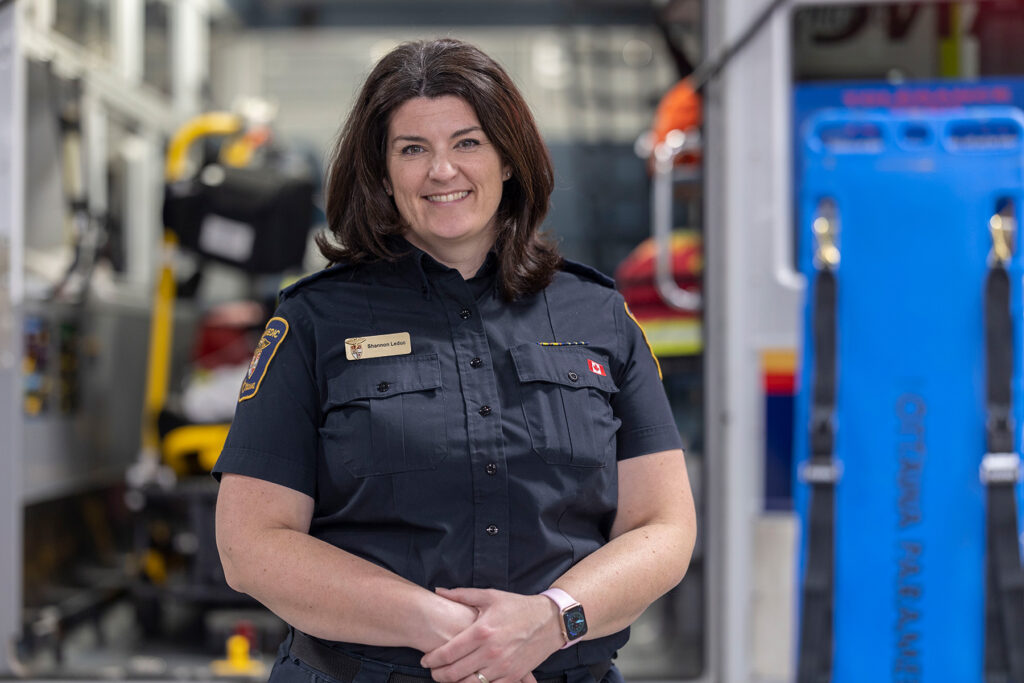
The Ottawa Hospital empowers paramedicine research
The Ottawa Hospital has collaborated with paramedics on research for more than 25 years, but the relationship between researchers and paramedics has gotten much closer over time.
“Historically, researchers would come up with the research questions and then approach the paramedics to help us answer them,” explains Dr. Vaillancourt. “Now, we have paramedic champions on our research studies, and we consult with them to come up with these questions. Nobody understands prehospital care better than they do. There is a growing number of paramedic researchers in Canada.”
Shannon, herself a trained paramedic researcher, has long been one of those champions, participating in an array of paramedicine research projects with the hospital over the years. “What The Ottawa Hospital has done is help foster our own ability to do research within the paramedic profession,” she says. “Our collaboration has set us paramedics up for future research that will help a lot of patients over time.”

Support patient care and research at
The Ottawa Hospital
You might also like…
Do you have a surgery coming up? Here are five “prehab” tips to help you recover faster
You’ve probably heard about rehabilitation, but what about “prehabilitation”? Prehab is all about getting your body and mind in top shape before surgery so you can enjoy a smoother, quicker recovery. Discover five essential prehab strategies from researcher Dr. Daniel McIsaac.
By thinking differently, this research team is improving the lives of people with cancer
Taking a different approach to clinical trials, the REthinking Clinical Trials (REaCT) program aims to answer some of the most important and practical questions that affect both patients with cancer and our health-care system. Find out what sets REaCT apart and makes the program so special to participants like Beth.
Ever have a tough time making a medical decision? These tools can help you
When faced with a medical condition, there may not be one clear path forward — but we have something to help you with that. The Ottawa Hospital is home to the largest collection of decision aids in the world, covering everything from various cancers to depression to allergies.
New Research Chair in Gay Men’s Health is setting out to break down barriers to care
As both a researcher and a gay man, Dr. Paul MacPherson knows all too well the stigma that gay men often face in the health-care system. Now, as the Clinical Research Chair in Gay Men’s Health at The Ottawa Hospital and the University of Ottawa, he’s on a mission to make quality health care more accessible to this often overlooked patient population.
Made-in-Ottawa tool helps decide when critically ill patients can breathe on their own
Over the past two years of the pandemic, more Canadians than ever have required mechanical ventilation to help them breathe. The Ottawa Hospital is the first hospital in the world to evaluate an innovative medical device that uses artificial intelligence to predict when critically ill patients are ready to breathe on their own.
Dream vacation becomes nightmare after COVID-19 strikes
Sun and sand turned to fear and uncertainty when Jim and Joanne Booth, married for 57 years, tested positive for COVID-19 in March 2020. Read about their journey back home to receive life-saving care at The Ottawa Hospital.


 To reset, hold the Ctrl key, then press 0.
To reset, hold the Ctrl key, then press 0.
